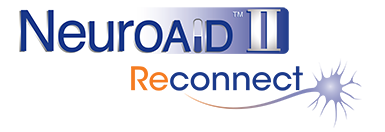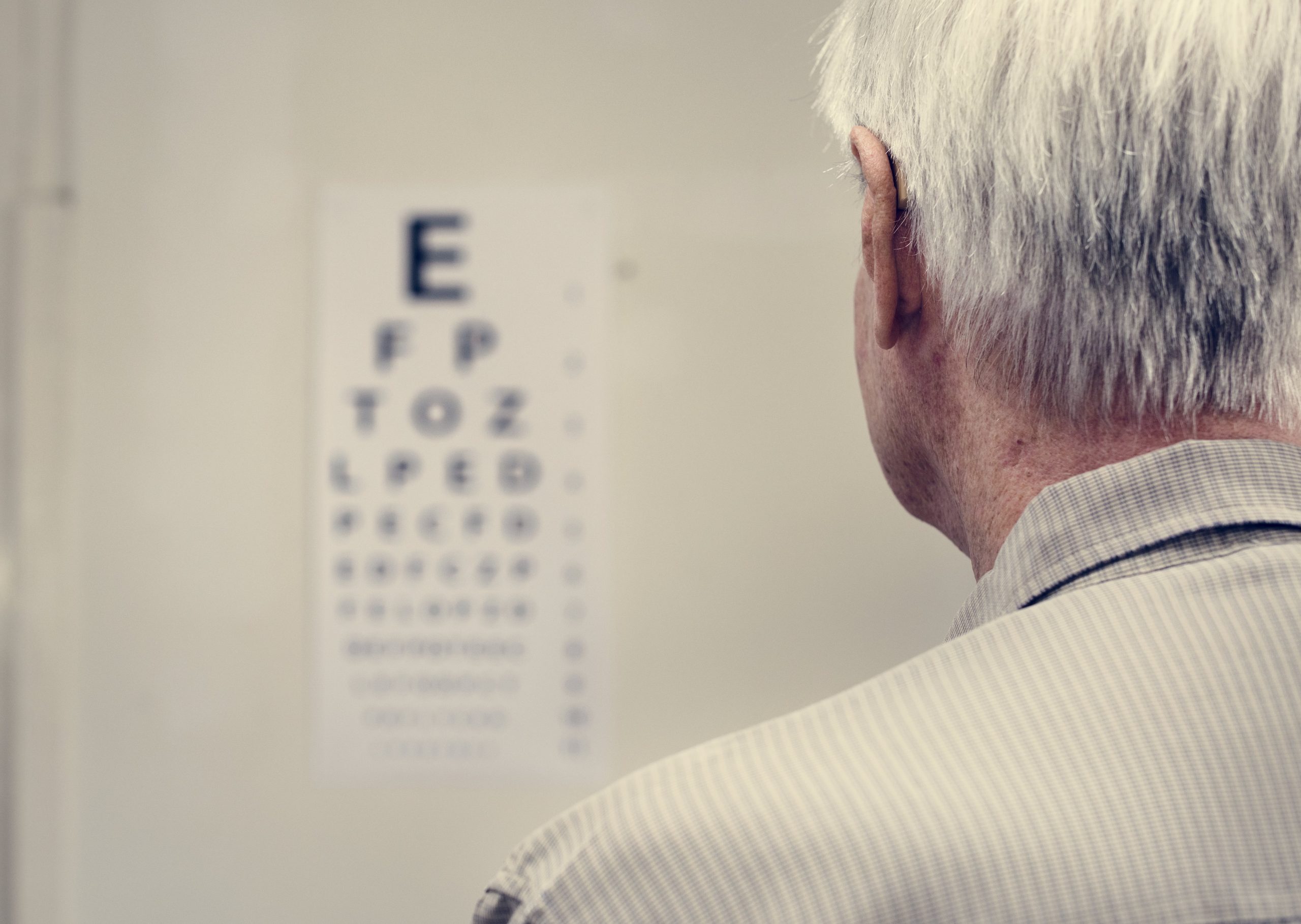Everyone is familiar with the physical problems that follow a stroke. They are used to paralyzed arms, facial drooping, and difficulty walking. However, other parts of the brain may be affected that create disabilities that are no so readily noticeable. Physical problems are often easier to deal with and rehabilitate because they are obvious, but there are ways to treat the invisible signs, too. Some patients may have only invisible signs, and you don’t realize there is a problem. This is when you and your neurologists have to fully test a patient to determine if they have these hidden signs.[/vc_column_text][/vc_column][/vc_row]
Aphasia
Aphasia is usually recognizable because it affects the way your loved one is able to communicate. It can affect both verbal communication and reading. Some stroke survivors with aphasia talk in truncated sentences or even make up words. You may see them searching for the right word and that can lead to frustration. In addition, aphasia makes understanding conversations difficult, and this can lead to a sense of isolation for the survivor.
Apraxia
Apraxia is another disability that may be easier to see because it affects how the stroke survivor coordinates their movements. Although they may not have any physical problem performing the movement individually, attempting to link them together may be difficult. This means that walking, cooking, and activities of daily living may all be affected. It particularly affects sets of motions that are routine, like shaving or dressing.
Dyscalculia
Another problem that may not be readily noticeable is dyscalculia. This term essentially means that the stroke survivor cannot understand numbers, calculations, or mathematics at all. Unfortunately, math is all around us, and this may lead to a decreased ability to handle finances. If your loved one can’t balance their checkbook, is overdrawn all the time, or never seems to have any money, you should check into this as a possible invisible side effect of their stroke.
Amnesia
Soap operas have long used the excuse of amnesia to further plot points, but it really is a serious condition. This type of neurological deficit means that your loved one may not remember information that is just told to them or what happened in the recent past. It mimics Alzheimer’s but it is actually from the stroke. Most patients can remember their past, but anything that has happened within the last few months is usually not stored to memory. This can cause frustration for patients and caregivers alike as your loved one attempts to remember simple things and gets time confused with the past.
Emotionality
Emotionality may be a difficult concept for patients and caregivers alike to understand. It describes difficulty with behavior, and it is quite common. The behavioral changes include getting easily frustrated and overreacting to simple problems. Decision making is impacted, and it may be difficult for them to make even simple decisions. Most of the time, this change expresses itself in emotional explosions that take caregivers by surprise.
Hemispatial neglect
One right brain issue is hemispatial neglect. This means that the stroke survivor is unaware of anything past the midline of their body to the left or right. It is usually manifested by shaving only one side of the face, eating only one side of food on the plate, and combing only one side of their hair. The disability occurs as an inability to realize there is another side of the body, but extreme cases can make the survivor completely deny that they have a leg or arm on that side.
Anosognosia
Anosognosia is a state of denial in your loved one. Some may deny that they had a stroke, and many deny that it changed their lives. Unfortunately, they have an inflated sense of what they are able to do and what they are not. This could cause them to exercise poor judgement in taking on task or trusting their abilities. It is not usually due to simple personality, but it can be a side effect of the stroke itself causing them to deny they have a problem.
Anosodiaphoria
Although depression is often seen following a stroke, another form of disability can be anosodiaphoria. This describes a general lack of motivation and a loss for concern about their health. It is very difficult to determine what is depression and what is anosodiaphoria, but both can set back rehab schedules, making it difficult to return the survivor to their modified daily life. The treatment is usually the same: using antidepressants to help motivate the survivor.
Social misperception
Some stroke survivors have difficulty interacting with people after their stroke. They become very literal and are unable to notice nuances in communication, such as humor or sarcasm. They may not be able to read body language very well or “take a hint” that they need to stop a certain behavior. In many ways, survivors with this disability don’t know how to be social anymore, and they struggle to maintain friendships and relationships between family members.
References
Stanford Hospital Health Library; “Right Brain, Left Brain: Memory and Cognition After Stroke”; Simon Tan, PsyD, ABPP-CN; March 30, 2011
http://www.shlnews.org/?p=397





